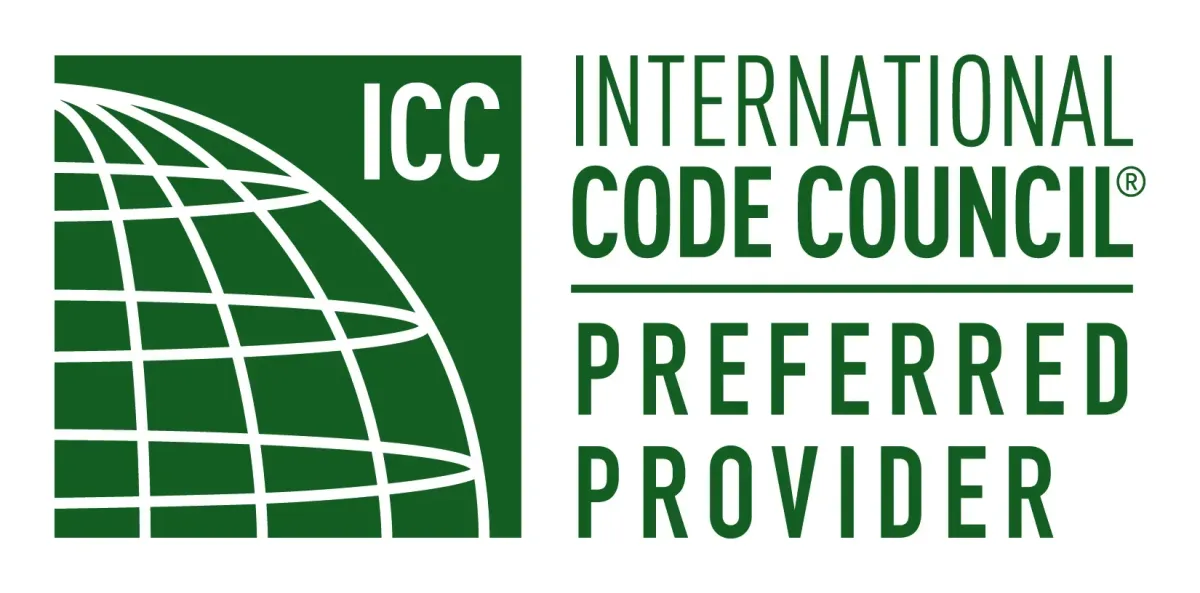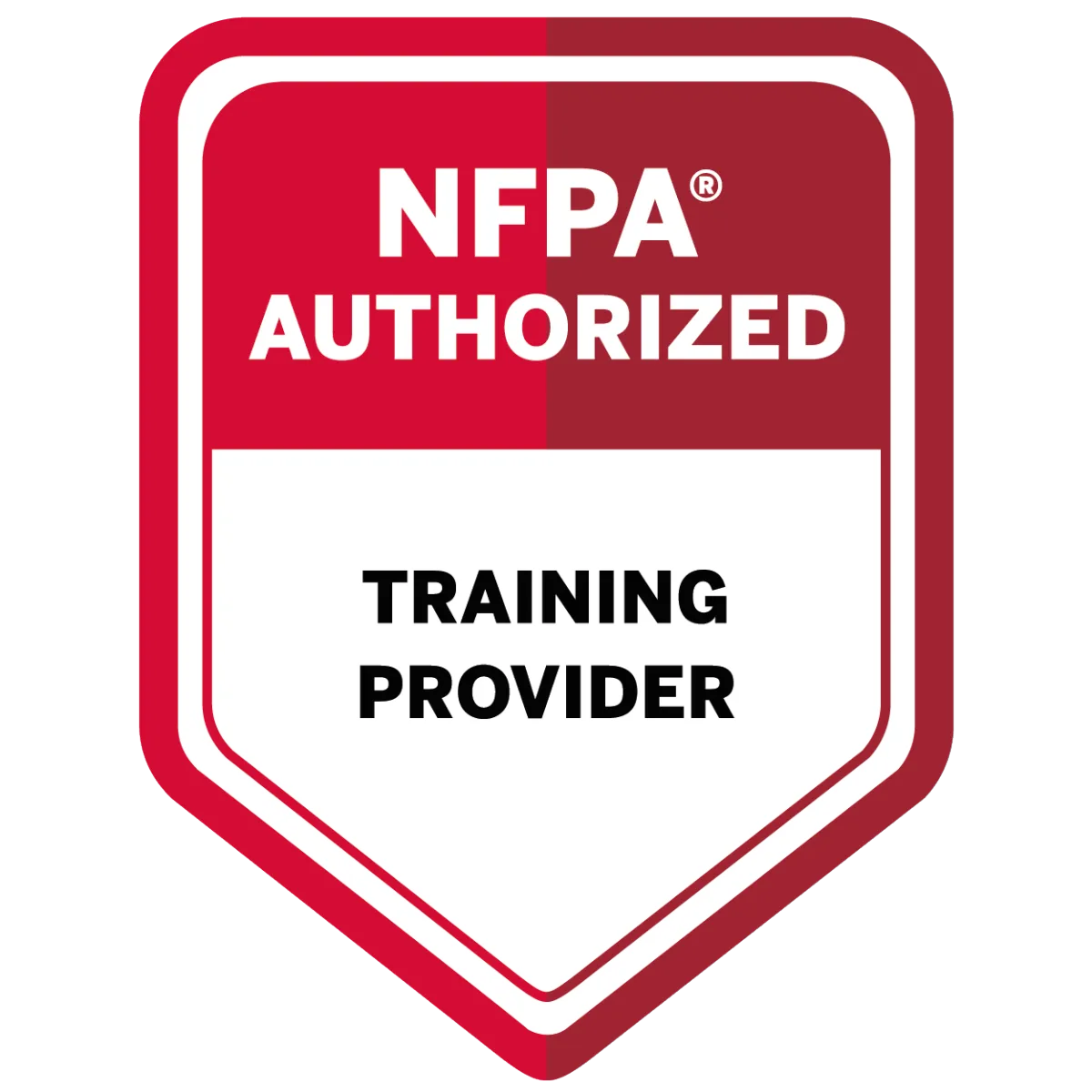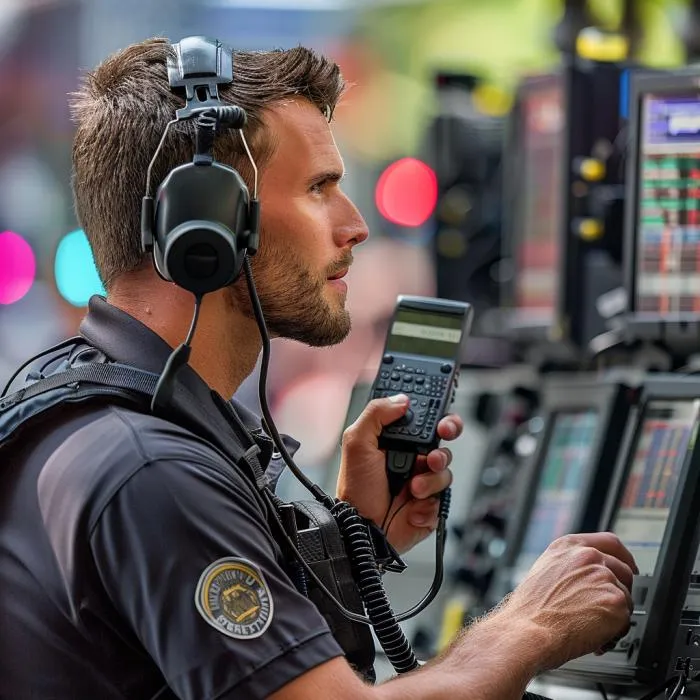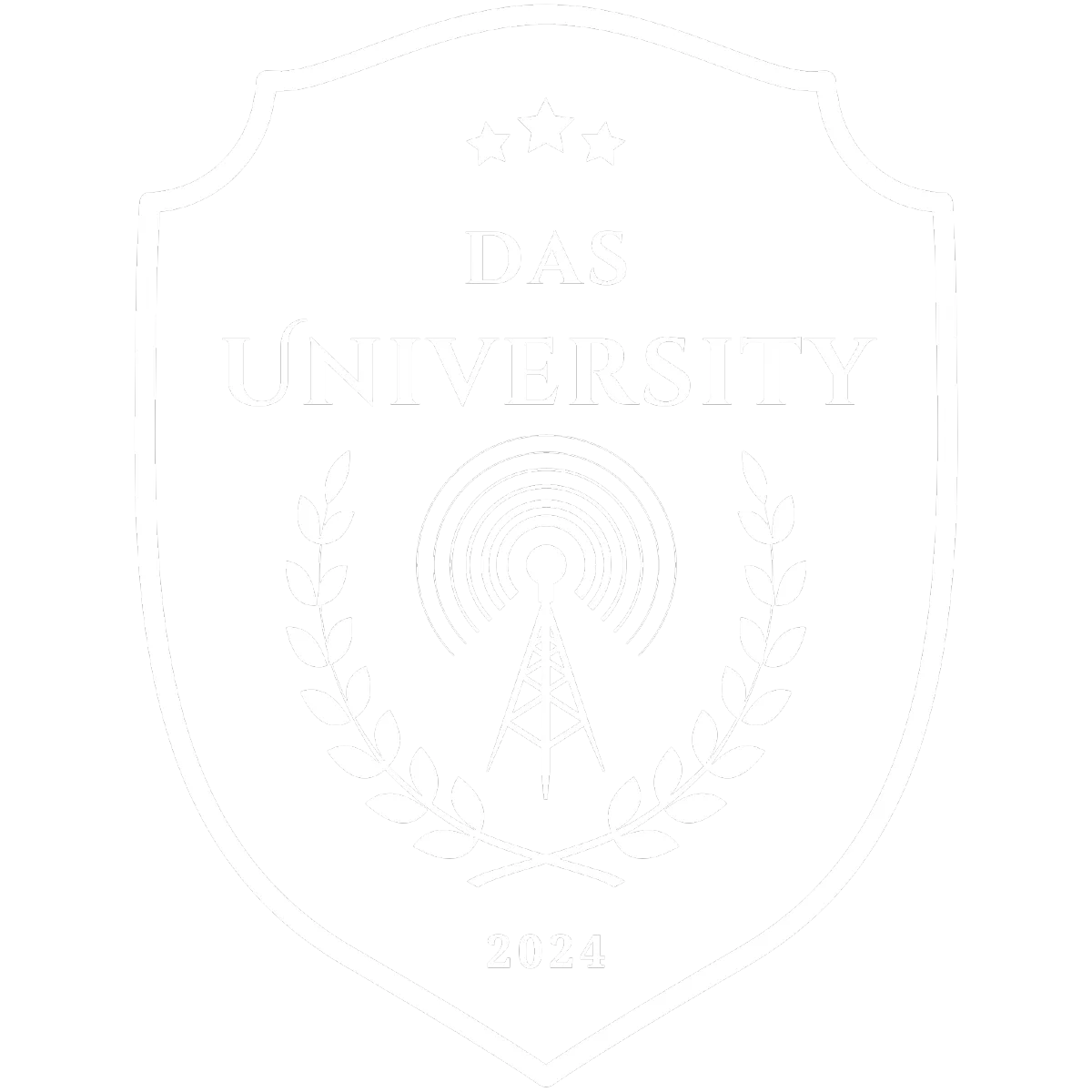WERE GOING ON TOUR!
JOIN THE DAS UNIVERSITY LIVE SUMMIT
2026 TRAINING CAMP TOUR
11 CAMPS NATION WIDE
Presented by GAMMA, BEST Ent. Mobili-fi and Industry Experts
Explore Our Unique Educational Platform
Join thousands of safety professionals, fire marshals, inspectors, integrators, and builders who are mastering the skills to install, certify, and inspect mission-critical in-building radio systems. With on-demand training, you can learn at your pace, apply it in the field, and start making buildings safer immediately.
Upgrade to our premium platform and gain the ability to earn DAS University training certificates and ICC continuing education credits for every hour of training completed. Whether you’re advancing your career, meeting code compliance requirements, or training your team, DAS University provides the recognition and real-world knowledge you need to lead with confidence.

Virtual Learning Environment
Step into our cutting-edge
virtual learning spaces, equipped with the latest tools and resources tailored for
DAS ERCES training. Experience live webinars, interactive certificate courses, and real-time collaboration with peers and instructors, ensuring an engaging and hands-on educational journey.

Professional Development
We train you on what matters: real installation standards, testing protocols, and life-saving communication system design. Our expert-led courses help you
earn DAS University training certificates, connect to job placement pipelines, and gain the confidence to lead projects with AHJs, architects, and public safety officials.

Global and Inclusive Community
Join a powerful network of safety-first professionals from across the country and around the world. With 24/7 access to our online campus, and a shared mission to protect lives, you’re never learning alone. DAS University is your community for growth, connection, and career elevation.
AUTHORIZED TRAINING PARTNERS OF THE BELOW ORGANIZATIONS

Earn CEU credits for every course on our Premium platform


About DAS University
Pioneering the Future of Education
At DAS University, we are redefining the educational landscape by integrating state-of-the-art technology with personalized learning experiences. Our mission is to empower students globally with the skills and knowledge necessary to excel in the fast-growing fields of
Distributed Antenna Systems (DAS) and Emergency Responder Communication Enhancement Systems (ERCES).
Through a blend of expert-led training courses, real-world applications
, and a supportive community, we provide an unparalleled learning journey for professionals and beginners alike.
Whether you're pursuing ERCES training, exploring advanced DAS education, or preparing for real-world challenges, we ensure you’re equipped for success. Join DAS University and transform your potential into leadership in the industry.
Achieve Training Certificates at DAS University
Elevate your professional profile with our highly regarded
DAS and ERCES training courses. Designed to provide both foundational and advanced expertise, these programs prepare you for real-world challenges in the
DAS and in-building communications industry.
Gain cutting-edge knowledge, practical skills, and DAS University training credentials to advance your career in public safety communications, emergency responder technologies, and beyond.
Hands-on project submissions
Industry-recognized guest speakers
Collaboration with 30+ industry partners
Real-time system testing simulations
Access to exclusive ERCES webinars
Unlock Your Career Potential with DAS University Training Certificates
Our DAS and ERCES training certificates document your completion—they open doors to new professional opportunities in the growing field of in-building communication systems.
Our training program participants develop practical skills for the industry, DAS University powered by Gamma is your gateway to professional growth and success. Whether you’re aiming for job placements, advanced career counseling, or building connections within a robust network of industry leaders, our programs are designed for your advancement.
Sign up now for FREE and start your journey toward professional excellence with DAS University!

Emergency Responder Radio Communication Systems (ERRCS): Ensuring Public Safety
In the realm of public safety, effective communication is crucial for emergency responders to perform their duties efficiently. Emergency Responder Radio Communication Systems (ERRCS) are essential in ensuring that first responders have reliable communication channels within buildings, especially during emergencies. At DAS University, we focus on educating professionals about the critical role of ERRCS in enhancing public safety. This blog post explores the importance of ERRCS, the challenges it addresses, and best practices for implementation.
Understanding ERRCS
Emergency Responder Radio Communication Systems (ERRCS) are designed to enhance in-building wireless communication for public safety personnel, including firefighters, police officers, and emergency medical services. ERRCS ensure that these responders can maintain clear and uninterrupted communication throughout a building, which is vital for coordinating efforts, making informed decisions, and saving lives during emergencies.
Importance of ERRCS in Public Safety
Reliable Communication Coverage
Comprehensive Coverage: ERRCS provide reliable communication coverage throughout a building, including hard-to-reach areas like basements, stairwells, and underground parking garages.
Signal Penetration: These systems enhance signal penetration through thick walls and other structural barriers, ensuring that emergency responders can communicate effectively in all areas of the building.
Compliance with Safety Regulations
Building Codes: Many jurisdictions require buildings to have ERRCS to comply with public safety communication standards. Ensuring compliance helps avoid legal issues and enhances occupant safety.
Fire Codes: ERRCS often meet specific fire code standards, ensuring that communication systems function correctly during a fire emergency, aiding firefighters in their response efforts.
Improved Coordination and Efficiency
Interagency Communication: ERRCS facilitate better communication between different emergency services, such as fire, police, and medical, leading to more coordinated and effective responses.
Operational Efficiency: Reliable communication enhances the overall efficiency of emergency operations, from routine checks to large-scale crisis management.
Enhanced Occupant Safety
Evacuation Management: ERRCS support effective evacuation management by ensuring that emergency personnel can communicate with each other and with building occupants, providing clear instructions and updates during an emergency.
Challenges Addressed by ERRCS
Signal Obstruction
Building Materials: Modern construction materials like concrete, steel, and low-emissivity glass can obstruct wireless signals. ERRCS mitigate this issue by enhancing signal strength and coverage.
Complex Layouts: Large buildings with multiple floors and complex layouts can create communication dead zones. ERRCS ensure comprehensive coverage throughout the entire structure.
Network Congestion
High Traffic: During emergencies, communication networks can become congested with high traffic volumes. ERRCS provide dedicated channels for emergency responders, reducing congestion and ensuring reliable communication.
Power Outages
Backup Power Solutions: ERRCS are often equipped with backup power sources, such as batteries or generators, to maintain communication capabilities during power outages caused by disasters.
Best Practices for Implementing ERRCS
Conduct a Comprehensive Site Survey
Assessment: Perform a detailed site survey to identify coverage gaps, potential interference sources, and specific communication needs.
Customization: Use the survey data to design a customized ERRCS solution that addresses the unique requirements of the building.
Engage with Local Authorities
Collaboration: Work closely with local fire departments, police, and other emergency services to understand their communication needs and ensure the ERRCS meets all public safety standards.
Regular Communication: Maintain open lines of communication with local authorities throughout the project to ensure all stakeholders are informed and involved.
Design for Redundancy and Resilience
Redundant Pathways: Design the ERRCS with redundant pathways to ensure that if one part of the system fails, communication can continue through alternate routes.
Backup Power: Implement backup power solutions to ensure continuous operation during power outages and other disruptions.
Ensure Compliance and Certification
Standards Compliance: Ensure the ERRCS complies with all relevant industry standards and regulations, such as NFPA and IFC codes.
Regular Testing and Certification: Schedule regular testing and certification to verify that the system meets all required performance standards and remains operational.
Implement Real-Time Monitoring and Maintenance
Monitoring Tools: Use real-time monitoring tools to continuously track the performance of the ERRCS and detect any issues promptly.
Proactive Maintenance: Conduct regular maintenance and updates to ensure the system remains effective and reliable.
Educate Building Occupants and Emergency Personnel
Training Programs: Provide training for building occupants and emergency personnel on how to use the ERRCS effectively during emergencies.
Awareness Campaigns: Raise awareness about the importance of ERRCS and how they enhance public safety within the building.
Real-World Applications of ERRCS
High-Rise Buildings
Complex Structures: High-rise buildings often have challenging layouts and materials that obstruct communication. ERRCS ensure reliable communication for emergency responders throughout the entire structure.
Hospitals and Healthcare Facilities
Critical Communication: In healthcare settings, reliable communication is essential for coordinating patient care and emergency responses. ERRCS provide the necessary coverage and support for medical personnel.
Commercial and Residential Complexes
Safety and Security: Ensuring reliable communication in commercial and residential complexes enhances safety and security for occupants, particularly during emergencies.
Transportation Hubs
Continuous Coverage: Airports, train stations, and other transportation hubs require robust communication systems to manage emergencies and coordinate responses. ERRCS provide reliable communication in these expansive areas.
Case Study: Successful ERRCS Implementation
Consider a large hospital that implemented an ERRCS to address communication challenges. Before installation, emergency responders experienced significant dead zones in critical areas such as stairwells and basements. After deploying the ERRCS, the hospital saw a marked improvement in communication reliability. During a recent emergency, medical personnel were able to maintain continuous communication, coordinate their efforts effectively, and provide timely patient care, demonstrating the life-saving potential of ERRCS technology.
Conclusion
Emergency Responder Radio Communication Systems (ERRCS) are essential for ensuring reliable communication during emergencies. By providing comprehensive coverage, supporting public safety networks, maintaining connectivity during power outages, and reducing network congestion, ERRCS enhance the ability of first responders to coordinate and perform their duties effectively. At DAS University, we are dedicated to educating professionals on the critical role of ERRCS in public safety and equipping them with the knowledge to implement and maintain these systems. Join us to learn more about enhancing safety through advanced communication solutions and become a leader in public safety enhancement.
4o
ChatGPT can make mistakes. Check important info.
Hear Directly from Our Students: Real Stories, Real Success
Discover the impact of DAS University through the voices of our students. From groundbreaking education to career breakthroughs, our learners share their journeys and the transformative experiences they've encountered.

DAS University not only taught me the technical skills needed for advanced DAS systems but also how to apply them effectively in real-world scenarios. The network I’ve built through the university’s alumni connections has opened up numerous opportunities for collaboration and growth.

Raj Patel

The DAS training certificate has been beneficial for my career. The practical knowledge and hands-on training I received have allowed me to transition into a higher role within my company. The support and expert advice from faculty were invaluable.

Emily Nguyen

Enrolling at DAS University was one of the best decisions I've made for my professional development. The interactive courses and live sessions with industry experts have greatly enhanced my understanding and confidence in handling complex projects in my field.

Albert Dubois
Start Your Journey at DAS University Today
Embark on a transformative path of discovery and professional growth with our cutting-edge
DAS and ERCES training courses and a vibrant academic community. At DAS University, we provide the tools, resources, and industry connections to help you not just meet but exceed your career aspirations in the fields of
Distributed Antenna Systems (DAS) and Emergency Responder Communication Enhancement Systems (ERCES).
Whether you’re aiming to gain DAS University training certificates, explore real-world applications, or network with industry professionals, DAS University is here to turn your potential into measurable success.
Our Latest Articles

Emergency Responder Radio Communication Systems (ERRCS): Ensuring Public Safety
In the realm of public safety, effective communication is crucial for emergency responders to perform their duties efficiently. Emergency Responder Radio Communication Systems (ERRCS) are essential in ensuring that first responders have reliable communication channels within buildings, especially during emergencies. At DAS University, we focus on educating professionals about the critical role of ERRCS in enhancing public safety. This blog post explores the importance of ERRCS, the challenges it addresses, and best practices for implementation.
Understanding ERRCS
Emergency Responder Radio Communication Systems (ERRCS) are designed to enhance in-building wireless communication for public safety personnel, including firefighters, police officers, and emergency medical services. ERRCS ensure that these responders can maintain clear and uninterrupted communication throughout a building, which is vital for coordinating efforts, making informed decisions, and saving lives during emergencies.
Importance of ERRCS in Public Safety
Reliable Communication Coverage
Comprehensive Coverage: ERRCS provide reliable communication coverage throughout a building, including hard-to-reach areas like basements, stairwells, and underground parking garages.
Signal Penetration: These systems enhance signal penetration through thick walls and other structural barriers, ensuring that emergency responders can communicate effectively in all areas of the building.
Compliance with Safety Regulations
Building Codes: Many jurisdictions require buildings to have ERRCS to comply with public safety communication standards. Ensuring compliance helps avoid legal issues and enhances occupant safety.
Fire Codes: ERRCS often meet specific fire code standards, ensuring that communication systems function correctly during a fire emergency, aiding firefighters in their response efforts.
Improved Coordination and Efficiency
Interagency Communication: ERRCS facilitate better communication between different emergency services, such as fire, police, and medical, leading to more coordinated and effective responses.
Operational Efficiency: Reliable communication enhances the overall efficiency of emergency operations, from routine checks to large-scale crisis management.
Enhanced Occupant Safety
Evacuation Management: ERRCS support effective evacuation management by ensuring that emergency personnel can communicate with each other and with building occupants, providing clear instructions and updates during an emergency.
Challenges Addressed by ERRCS
Signal Obstruction
Building Materials: Modern construction materials like concrete, steel, and low-emissivity glass can obstruct wireless signals. ERRCS mitigate this issue by enhancing signal strength and coverage.
Complex Layouts: Large buildings with multiple floors and complex layouts can create communication dead zones. ERRCS ensure comprehensive coverage throughout the entire structure.
Network Congestion
High Traffic: During emergencies, communication networks can become congested with high traffic volumes. ERRCS provide dedicated channels for emergency responders, reducing congestion and ensuring reliable communication.
Power Outages
Backup Power Solutions: ERRCS are often equipped with backup power sources, such as batteries or generators, to maintain communication capabilities during power outages caused by disasters.
Best Practices for Implementing ERRCS
Conduct a Comprehensive Site Survey
Assessment: Perform a detailed site survey to identify coverage gaps, potential interference sources, and specific communication needs.
Customization: Use the survey data to design a customized ERRCS solution that addresses the unique requirements of the building.
Engage with Local Authorities
Collaboration: Work closely with local fire departments, police, and other emergency services to understand their communication needs and ensure the ERRCS meets all public safety standards.
Regular Communication: Maintain open lines of communication with local authorities throughout the project to ensure all stakeholders are informed and involved.
Design for Redundancy and Resilience
Redundant Pathways: Design the ERRCS with redundant pathways to ensure that if one part of the system fails, communication can continue through alternate routes.
Backup Power: Implement backup power solutions to ensure continuous operation during power outages and other disruptions.
Ensure Compliance and Certification
Standards Compliance: Ensure the ERRCS complies with all relevant industry standards and regulations, such as NFPA and IFC codes.
Regular Testing and Certification: Schedule regular testing and certification to verify that the system meets all required performance standards and remains operational.
Implement Real-Time Monitoring and Maintenance
Monitoring Tools: Use real-time monitoring tools to continuously track the performance of the ERRCS and detect any issues promptly.
Proactive Maintenance: Conduct regular maintenance and updates to ensure the system remains effective and reliable.
Educate Building Occupants and Emergency Personnel
Training Programs: Provide training for building occupants and emergency personnel on how to use the ERRCS effectively during emergencies.
Awareness Campaigns: Raise awareness about the importance of ERRCS and how they enhance public safety within the building.
Real-World Applications of ERRCS
High-Rise Buildings
Complex Structures: High-rise buildings often have challenging layouts and materials that obstruct communication. ERRCS ensure reliable communication for emergency responders throughout the entire structure.
Hospitals and Healthcare Facilities
Critical Communication: In healthcare settings, reliable communication is essential for coordinating patient care and emergency responses. ERRCS provide the necessary coverage and support for medical personnel.
Commercial and Residential Complexes
Safety and Security: Ensuring reliable communication in commercial and residential complexes enhances safety and security for occupants, particularly during emergencies.
Transportation Hubs
Continuous Coverage: Airports, train stations, and other transportation hubs require robust communication systems to manage emergencies and coordinate responses. ERRCS provide reliable communication in these expansive areas.
Case Study: Successful ERRCS Implementation
Consider a large hospital that implemented an ERRCS to address communication challenges. Before installation, emergency responders experienced significant dead zones in critical areas such as stairwells and basements. After deploying the ERRCS, the hospital saw a marked improvement in communication reliability. During a recent emergency, medical personnel were able to maintain continuous communication, coordinate their efforts effectively, and provide timely patient care, demonstrating the life-saving potential of ERRCS technology.
Conclusion
Emergency Responder Radio Communication Systems (ERRCS) are essential for ensuring reliable communication during emergencies. By providing comprehensive coverage, supporting public safety networks, maintaining connectivity during power outages, and reducing network congestion, ERRCS enhance the ability of first responders to coordinate and perform their duties effectively. At DAS University, we are dedicated to educating professionals on the critical role of ERRCS in public safety and equipping them with the knowledge to implement and maintain these systems. Join us to learn more about enhancing safety through advanced communication solutions and become a leader in public safety enhancement.
4o
ChatGPT can make mistakes. Check important info.
Frequently Asked Questions
What makes DAS University different from traditional educational institutions?
DAS University combines expert-led courses, dynamic online interactions, and live events to create a comprehensive and interactive learning experience that goes beyond traditional classroom boundaries.
How does the subscription model work at DAS University?
Our subscription model offers unlimited access to all courses and resources on the platform, allowing students to learn at their own pace and according to their own schedules. Enjoy a FREE version and premium version
What types of courses does DAS University offer?
We offer a wide range of courses focused on Distributed Antenna Systems (DAS), including basics of radio frequency, system design, and emergency responder communication enhancement systems, among others.
Can I interact directly with instructors and guest speakers?
Yes, our platform includes real-time chat, discussion forums, and weekly live Zoom sessions where students can engage directly with instructors and industry experts.
What are the career opportunities after completing courses at DAS University?
Completing courses at DAS University can lead to various roles in the DAS industry, such as system integrator, radio technician, and various positions in emergency response, depending on the course.
How do I access the digital library?
The digital library is available through the Campus portal, where students can access research papers, case studies, e-books, and multimedia resources related to their courses.
What is included in the certification from DAS University?
Training certificates include your name, course title, completion date, unique certificate number, and document your completion of DAS University training programs
How can I participate in special interest groups and clubs?
Students can join various groups and clubs through the Campus portal, allowing them to connect with peers who share similar interests and professional goals. Premium Version only
Are there resources for hands-on learning in DAS University courses?
Yes, we provide simulation tools and virtual labs for hands-on experience, as well as gamified learning modules to make complex concepts more engaging. Only available in the Premium version.
What support is available if I encounter difficulties in my coursework?
The Feedback and Support Center offers direct access to faculty and technical support to assist with any course-related inquiries.
How does DAS University accommodate international students?
We offer 24/7 campus access and multilingual support to ensure that students from all time zones and linguistic backgrounds can fully participate.
What is the process for obtaining certification at DAS University?
To obtain a training certificate, students must complete all modules, pass the final assessment with a required minimum score, and actively participate in live sessions and forums. Only available in the Premium version.
Can I share my certification on professional networks?
Yes, upon completion, students receive both a physical training certificate and a digital badge that can be shared on LinkedIn and other professional networks. Only available in the Premium version.
What are the live webinar auditoriums used for?
The auditoriums host weekly live sessions with guest speakers and industry pofessionals, featuring interactive Q&A sessions and panel discussions.
What tools are available for career development at DAS University?
Our Career Center provides career counseling, resume workshops, job postings, and an alumni network for mentorship and professional connections. Only available in the Premium version.
How can I track my course progress and assessments?
The Certification Portal on our platform allows students to track their progress, assessments, and training certificate status.
What kind of assessments are used in DAS University courses?
Assessments include quizzes, assignments, project submissions, and a final examination to comprehensively test understanding and practical application.
How can I continue learning after completing my courses?
Certificate holders are encouraged to participate in advanced courses, seminars, and periodic refresher courses to keep their knowledge current.
Are there opportunities for networking within the DAS University community?
Yes, training certificate completion grants access to an alumni network, facilitating peer interactions, knowledge sharing, and networking opportunities. Only available in the Premium version.
How do I provide feedback on my learning experience?
Students can provide feedback through forums in the Feedback and Support Center, helping us to continually improve the campus experience.


